World Elephant Day–August 12th
Elephants are powerful beings capable of expressing many emotions. In recognition of World Elephant Day, here are some interesting facts about these magnificent, sentient creatures and support efforts to help protect and free them from human exploitations.
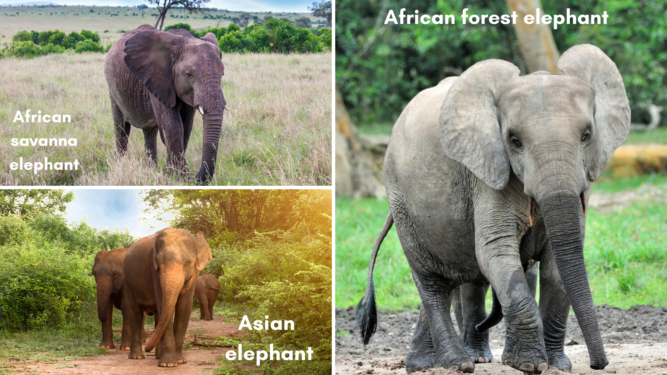
Elephant Species
There are two species of elephants–African and Asian. Recently, scientists discovered unique DNA findings that could support a third species, the African forest elephant. Here are some features that help distinguish African elephants from Asian ones: their size, ears, foreheads, and the tips of their trunks.
African elephants are the largest land mammals standing at a shoulder height of up to 13 feet tall. Their massive ears help keep them from overheating, measuring 6 feet by 5 feet and can weigh up to 100 pounds. Asian elephants’ ears are much smaller, and some even say they resemble their home continent’s shape.
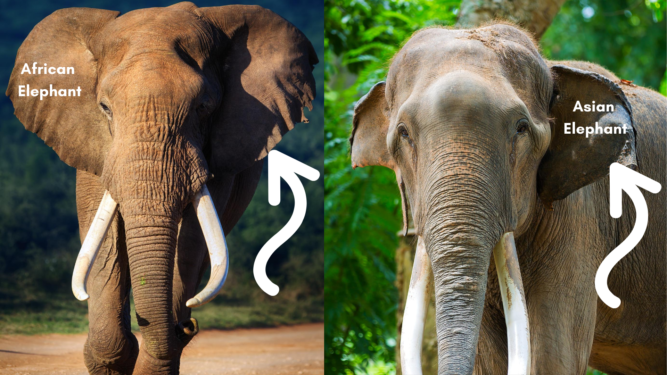

While looking at an elephant’s forehead, two distinctive bumps indicate he or she is an Asian elephant, whereas, the African elephant has only one bump. One of the most defining features of elephants is their long trunks. These amazing, snake-like appendages are vital to an elephant’s survival for bathing, eating, drinking, and communicating. Baby elephants do not know how to use their trunks at birth. Did you know that elephants have fingers? Asian elephants have one “finger” at the tip of their trunks, and African elephants have two. These fingers aid them when picking up items and plugging their noses when crossing a body of water.
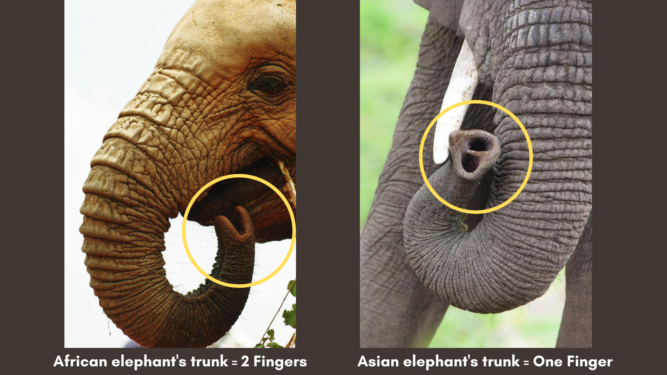
Elephant Life
Elephants are very social creatures and live in groups called herds. The females live together with their babies led by the oldest female–the matriarch. Male elephants reside in smaller groups or even alone. They will mingle with female herds during the mating season. On average, female elephants usually start reproducing around 15 years of age and give birth to a single calf after 22 months. (Twins are very rare.) They can give birth every five years.
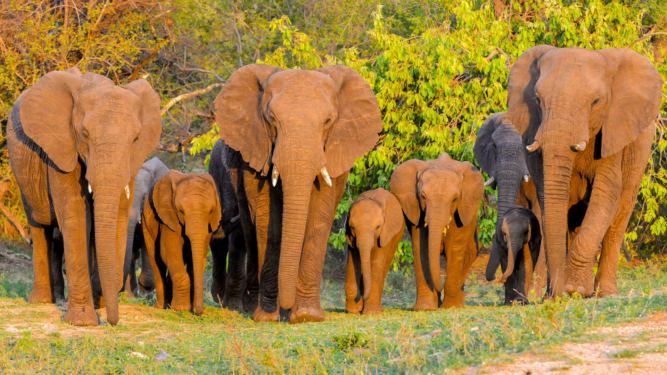
The herd will travel 35-40 miles a day in search of food and water. Elephants communicate a myriad of emotions through body language and sounds. Some sounds they make with their feet can be felt by other elephants up to 20 miles away, and some sounds are created at a frequency that cannot be heard by the human ear.
Threats to Elephants
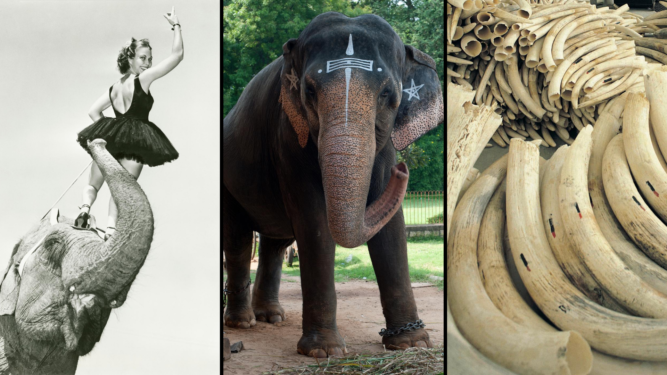
Humans are the main threat to elephants through exploitation, poaching, and habitat destruction. As awareness of the inhumanity of using wild animals for entertainment has grown, thankfully, many U.S. cities and states and other countries have restricted or banned this practice. In 2016, Ringling Bros. Barnum & Bailey Circus finally retired their elephants to a sanctuary in Florida. Nevertheless, greed and old practices are slow to dissipate, and sadly there are still many elephants living in captivity around the world.

Poachers are another menace to elephants that have claimed the lives of hundreds of thousands in pursuit of their coveted tusks. The Convention on International Trade in Endangered Species of Wild Fauna and Flora (CITES) was created in 1975 and banned the sale of ivory in an effort to keep these sentient creatures from becoming extinct. The United States chose to ban ivory sales in 2016, and some states have passed additional legislation to close any loopholes to help hinder the illegal wildlife trade.
Take Action: Help raise awareness about these amazing land mammals!








